Copyright 2012 John Wiley & Sons, Inc., Hoboken, New Jersey. All rights reserved.
No part of this publication may be reproduced, stored in a retrieval system or transmitted in any form or by any means, electronic, mechanical, photocopying, recording, scanning or otherwise, except as permitted under Sections 107 or 108 of the 1976 United States Copyright Act, without either the prior written permission of the Publisher, or authorization through payment of the appropriate per-copy fee to the Copyright Clearance Center, 222 Rosewood Drive, Danvers, MA 01923, 978/750-8400, fax 978/646-8600. Requests to the Publisher for permission should be addressed to the Permissions Department, John Wiley & Sons, Inc., 111 River Street, Hoboken, NJ 07030, 201/748-6011, fax 201/748-6008, or online at http://www.wiley.com/go/permissions.
Frommers is a trademark or registered trademark of Arthur Frommer. Used under license. All other trademarks are the property of their respective owners.
ISBN 9781118201664 (ebk); ISBN 9781118201671 (ebk); ISBN 9781118201695 (ebk)
For information on our other products and services or to obtain technical support, please contact our Customer Care Department within the U.S. at 877/762-2974, outside the U.S. at 317/572-3993 or fax 317/572-4002.
About the Author
Karl Samson lives in Oregon, where he spends his time juggling his obsessions with traveling, gardening, outdoor sports, and wine. Each winter, to dry out his webbed feet, he flees the soggy Northwest and heads to Arizona, where he updates Frommers Arizona & the Grand Canyon. Karl is also the author of Frommers Seattle and Frommers Washington State.
Frommers Star Ratings, Icons & Abbreviations
Every hotel, restaurant, and attraction listing in this guide has been ranked for quality, value, service, amenities, and special features using a star-rating system. In country, state, and regional guides, we also rate towns and regions to help you narrow down your choices and budget your time accordingly. Hotels and restaurants are rated on a scale of zero (recommended) to three stars (exceptional). Attractions, shopping, nightlife, towns, and regions are rated according to the following scale: zero stars (recommended), one star (highly recommended), two stars (very highly recommended), and three stars (must-see).
In addition to the star-rating system, we also use seven feature icons that point you to the great deals, in-the-know advice, and unique experiences that separate travelers from tourists. Throughout the book, look for:
 special finds those places only insiders know about
special finds those places only insiders know about
 fun facts details that make travelers more informed and their trips more fun
fun facts details that make travelers more informed and their trips more fun
 kids best bets for kids, and advice for the whole family
kids best bets for kids, and advice for the whole family
 special moments those experiences that memories are made of
special moments those experiences that memories are made of
 overrated places or experiences not worth your time or money
overrated places or experiences not worth your time or money
 insider tips great ways to save time and money
insider tips great ways to save time and money
 great values where to get the best deals
great values where to get the best deals
The following abbreviations are used for credit cards:
AE American Express
DISC Discover
V Visa
DC Diners Club
MC MasterCard
The Best of Oregon
To 19th-century pioneers, Oregon was the promised land, and things havent changed much in the ensuing 150 years. Native Oregonians and recent transplants are both envisioning new ways to make the state a better place. Farmers are pioneering sustainable farms close to urban centers, while urban pioneers are eschewing cars in favor of bicycles. This innovative outlook also expresses itself as a protectiveness of farmlands and forests, mountains and beaches. Together people and landscape spell the good life here, and for visitors, it is these same factors that make Oregon a great vacation destination.
Cities
Portland is Oregons only major metropolitan area, but the city, with its compact downtown, extensive streetcar and light-rail network, and vibrant outlying neighborhoods, is frequently held up as a model of livability. In central Oregon, Bend has become a wealthy boomtown surrounded by natural attractions. In the southern Oregon city of Ashland, the Oregon Shakespeare Festival takes center stage, while in Hood River, the lively downtown is full of outdoors types who come for the windsurfing and kiteboarding.
Countryside
While the ocean waters of the Oregon coast may be too cold for swimming, you can hike its rugged headlands and scan the Pacific for gray whales. On Mount Hood, there are miles of mountain trails, as well as year-round skiing and snowboarding. The Willamette Valley, which separates the Coast Range from the Cascades, is home to some of the nations top pinot noir wineries. Slicing through the Cascades, the Columbia River Gorge, sculpted by massive ancient floods, is a spectacular landscape of cliffs, waterfalls, and lush forests.
Eating & Drinking
Fresh, local, organic, sustainable... these are more than just buzzwords in Oregon. Here, people walk their talk. Whether youre eating at a wine-country bistro, a beach-town fish-and-chips shack, a burger joint, or a food cart, youll likely be told where and how the ingredients in your meal were produced. Accompany your meal with a local craft ale or a glass of Oregon pinot noir (either of which might be organic), and youll have a sense of how obsessed Oregonians are with their food and drinks.
The Oregon Coast
Stretching for 300 miles, Oregons Pacific shore is one of the nations most dramatic and varied coastlines. Rugged headlands, often crowned by historic lighthouses, separate sandy stretches of beach, and dense forests of giant trees rise directly from the crashing waves, imbuing this coastline with a sense of mystery. Take in the coasts scenic wonders in Cannon Beach, along the Three Capes Scenic Loop, in the Oregon Dunes National Recreation Area, and in the Samuel H. Boardman State Scenic Corridor.
The Best Natural Attractions
The Oregon Coast: Rocky headlands, offshore islands and haystack rocks, natural arches, caves full of sea lions, giant sand dunes, and dozens of state parks make this one of the most spectacular coastlines in the country. The only drawback is that the water is too cold for swimming.
Columbia Gorge National Scenic Area: Carved by ice-age floodwaters up to 1,200 feet deep, the Columbia Gorge is a unique feature of the Oregon landscape. Waterfalls by the dozen cascade from the basalt cliffs of the gorge, and highways on both the Washington and Oregon sides of the Columbia River provide countless memorable views.
Mount Hood: As Oregons tallest mountain and the closest Cascade peak to Portland, Mount Hood is a recreational mecca 12 months a year. Hiking trails, lakes and rivers, and year-round skiing make this one of the most appealing natural attractions in the state.
Crater Lake National Park: At 1,932 feet deep, Crater Lake is the deepest lake in the United States, and its sapphire-blue waters are a bewitchingly beautiful sight when seen from the rim of the volcanic caldera that forms the lake.
Central Oregon Lava Lands: Throughout central Oregon and the central Cascades region, from the lava fields of McKenzie Pass to the obsidian flows of Newberry National Volcanic Monument, youll find dramatic examples of the volcanic activity that gave rise to the Cascade Range.

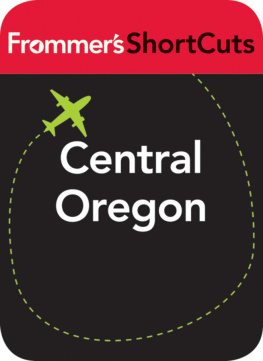
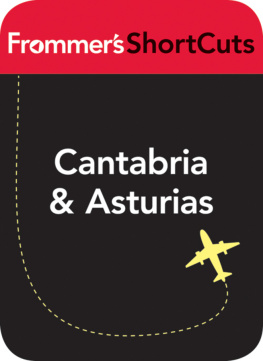
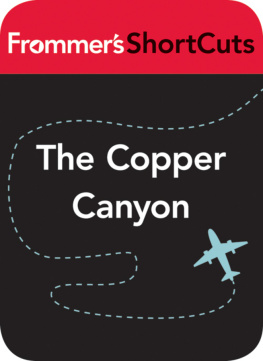
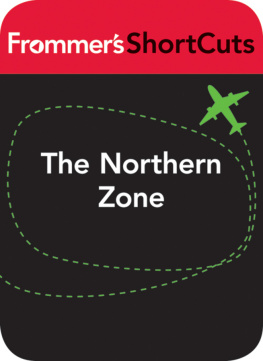
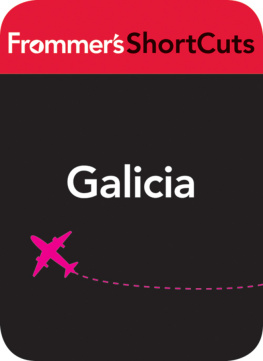
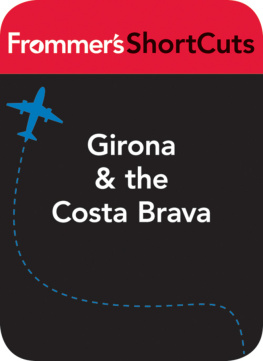
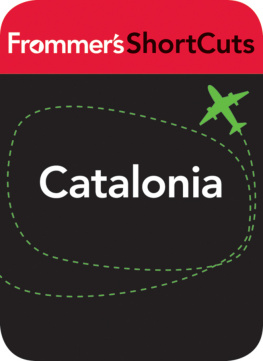
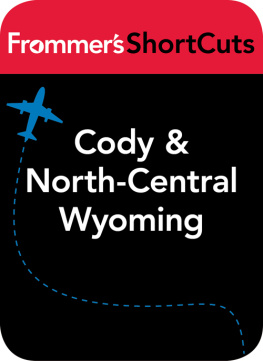
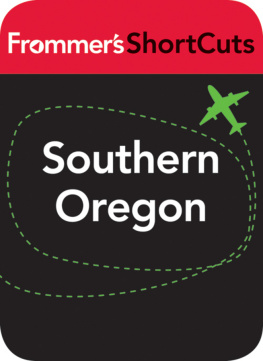
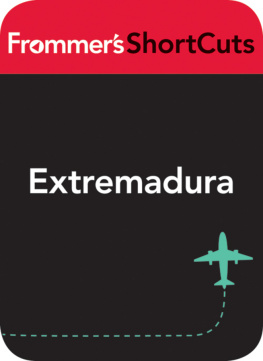
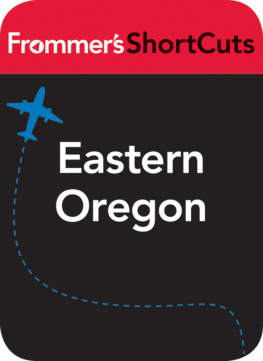
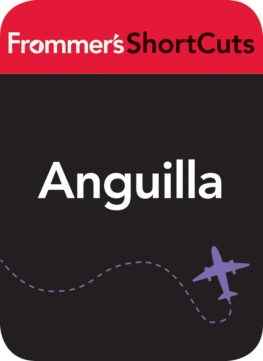

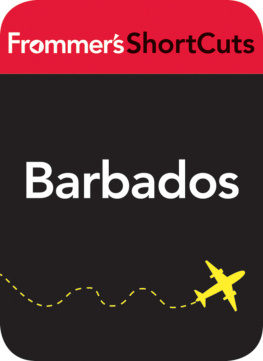

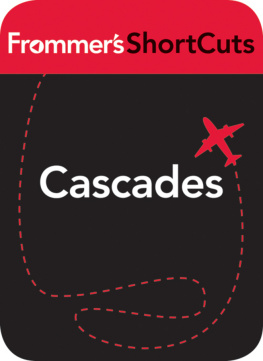
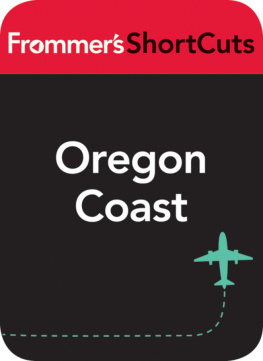
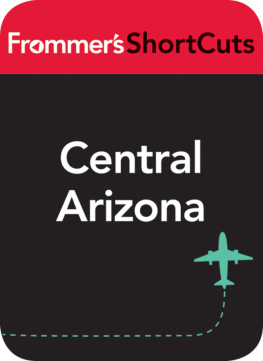

 special finds those places only insiders know about
special finds those places only insiders know about fun facts details that make travelers more informed and their trips more fun
fun facts details that make travelers more informed and their trips more fun kids best bets for kids, and advice for the whole family
kids best bets for kids, and advice for the whole family special moments those experiences that memories are made of
special moments those experiences that memories are made of overrated places or experiences not worth your time or money
overrated places or experiences not worth your time or money insider tips great ways to save time and money
insider tips great ways to save time and money great values where to get the best deals
great values where to get the best deals